Painting Monotype Prints with Watercolors or Colored Pencils
If you have an urge to make a print, but you don’t have a press, or any carving tools, this might be just the form of printmaking for you.
Monotypes are simple, single or multicolor, hand transferred or press transferred, singular (no multiples or edition printing), painterly prints. And there are dozens of ways to make them.
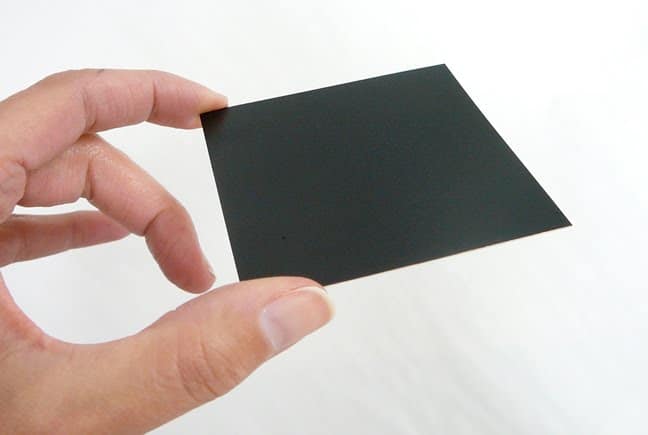
One of Many Ways to Make a Monotype
This printmaking method has So Many Variations! You can make dark field monotypes, light field monotypes, monochrome monotypes in each of the previous styles I just mentioned, or multicolor monotypes.
You can manipulate the ink directly on the plate, or manipulate it on a sheet of clear acetate, and press it onto your print, singularly, or in consecutive painted layers.
The only rule of monotype is that you are manipulating the ink or paint (you can use oil paint or watercolor or gouache) alone. As long as there is no repeatable mark-maker on top of the pigment (like a stencil) or underneath the pigment, (like carved lines in your plate), it’s a monotype. If there *is* some form of repeatable mark-maker, it’s a monoprint. That’s it! Ink on a plate, and your fingers, brushes, and scrapers to move it around, and then print!
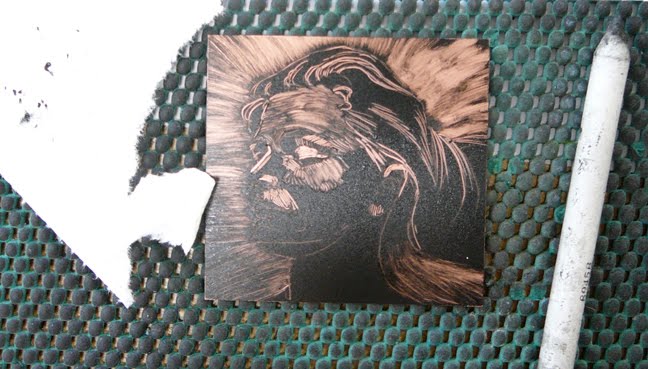
Making a Dark Field Monotype Print
In the photo above, I’m using a pastel blending stomp, and rolled or folded bits of paper towel to wipe ink off the copper plate.
This is a Dark Field Monotype, which basically means I’m starting with a dark field (the plate coated with ink entirely) and pulling pigment away in a subtractive process. Sort of like carving into the dark ink with light.
This method of printmaking is a very good exercise for thinking about lightest lights, darkest darks and half tones in between. And you don’t need a press, or any sharp tools to make one!

Ghost Print Monotypes
If you roll ink onto the plate, move the pigment around into the shape of a flower, and press paper to the ink, you’ll pull a monotype print. If there’s enough ink left on your plate to maybe pull a second, very faint print of your flower, that’s called a ghost print.
These are especially fun for playing around, as the entire image is about 10-15% at the darkest value, so you can push the contrast in either direction, or keep the whole thing quite soft.
The monotype in the image above is a ghost print. I find these lovely, sheer prints are perfect “underpaintings” for additional media like colored pencil and watercolor.
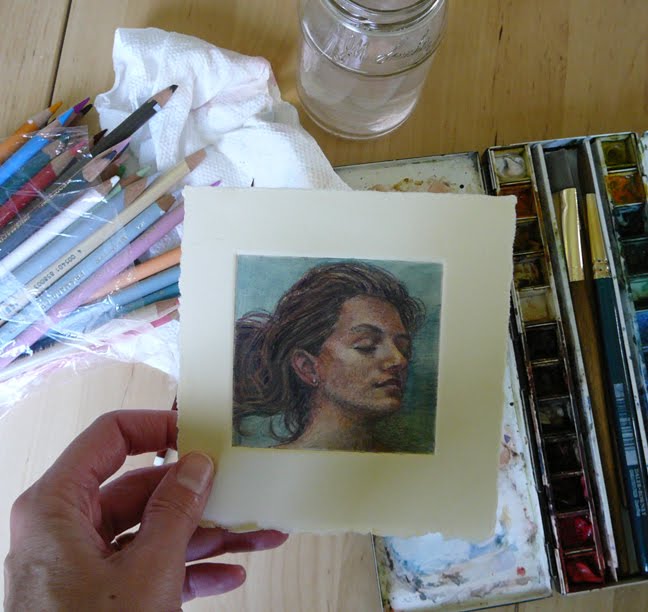
Colored Pencils and Watercolor, Together
I started with colored pencils, and then used watercolor to cross hatch some additional colors on this monotype.
If you work small in your first attempts at monotype prints, you can finish faster, and make another, and then another. Each one builds your skills at adjusting ink thickness, values, and applied pressure to transfer the print.
As soon as the ink is dry, you can paint and color and add colored pencil to your print in layers. The sky’s the limit. And the more monotypes you make, the more delight you’ll have when adding color to them.
And of the monotype is a complete flop – like this one was for me – you can repair it with additional media.
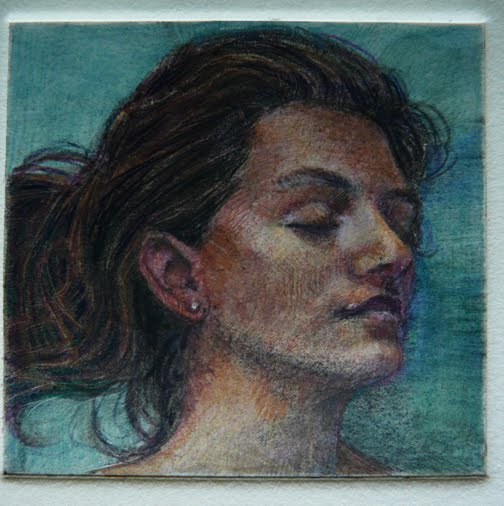
Colored Pencil and Watercolor on Monotype Prints
Have Fun Making Monotype Prints
The first monotype I made was in a Basic Printmaking class I took at a Junior College with Master Printmaker James Lorigan.
I remember feeling less than satisfied at what I pulled in the print lab that day, but I was electrified at the potential monotype printmaking held. I sensed, even then, that the painterly nature of monotype prints, and all the variations to make them, could keep me busy for years.
And that has become true. I’ve barely scratched the surface of monotype prints, and I think you’ll be just as excited to experiment with all of their flavors once you get started.
Have so much fun! I’ll see you in the next post,
Belinda
P.S. One of my favorite monotype printmaking artists is Nannette Wallace. Have a look at her work here.
Art Quote
There is nothing so discouraging as a bad composition at the very start. Do most of your “changing” in composition before you begin to paint, for at the beginning, when you are fresh, it is easy to change a composition. It is just “blocked in” and there it nothing to “spoil” yet.
John E. Carlson
- Gel Plate Drawing Transfer Monoprint with Acrylic Paint and Colored Pencils
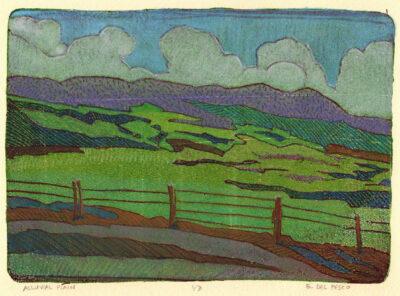 Save for later & Share! 4 shares Share Tweet Pin… Read more: Gel Plate Drawing Transfer Monoprint with Acrylic Paint and Colored Pencils
Save for later & Share! 4 shares Share Tweet Pin… Read more: Gel Plate Drawing Transfer Monoprint with Acrylic Paint and Colored Pencils - Colored Pencil over Ballpoint Gel Plate Monoprint
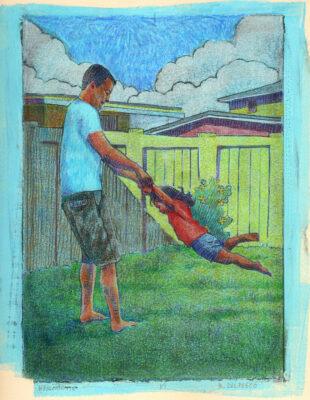 Colored Pencil over Ballpoint Gel Plate Monoprint Colored Pencil over… Read more: Colored Pencil over Ballpoint Gel Plate Monoprint
Colored Pencil over Ballpoint Gel Plate Monoprint Colored Pencil over… Read more: Colored Pencil over Ballpoint Gel Plate Monoprint - Monoprint with Gel Plate and Ballpoint Drawing Transfer
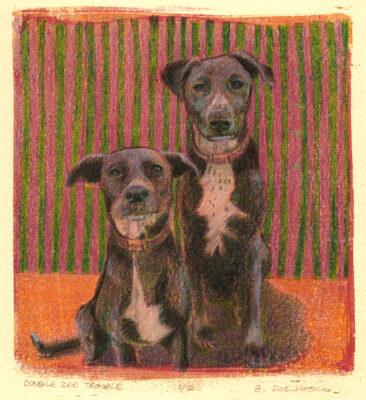 Monoprint with Gel Plate and Ballpoint Drawing Transfer My ballpoint… Read more: Monoprint with Gel Plate and Ballpoint Drawing Transfer
Monoprint with Gel Plate and Ballpoint Drawing Transfer My ballpoint… Read more: Monoprint with Gel Plate and Ballpoint Drawing Transfer - Gelli Plate Monoprint Drawing Transfer
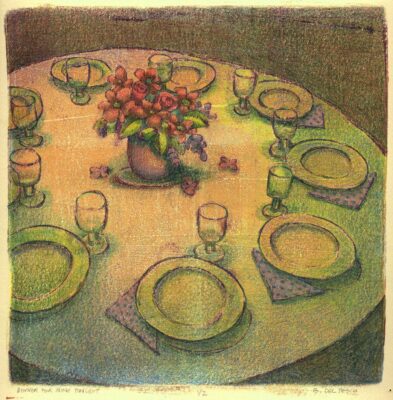 Gelli Plate Monoprint Drawing Transfer Gelli plate monoprint drawing transfer… Read more: Gelli Plate Monoprint Drawing Transfer
Gelli Plate Monoprint Drawing Transfer Gelli plate monoprint drawing transfer… Read more: Gelli Plate Monoprint Drawing Transfer - Gelli Plate and Ball Point Monoprints
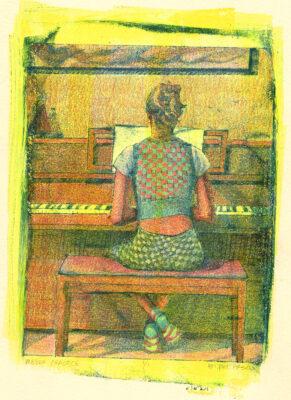 Gelli Plate and Ball Point Monoprints After the excitement I… Read more: Gelli Plate and Ball Point Monoprints
Gelli Plate and Ball Point Monoprints After the excitement I… Read more: Gelli Plate and Ball Point Monoprints - Gelli Plate Monoprint with Ballpoint Emboss Drawing Transfer
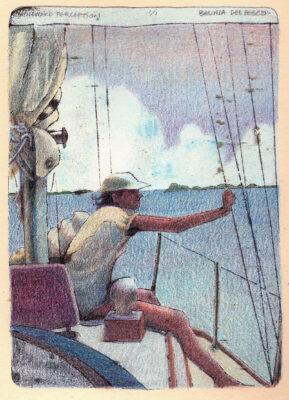 Gelli Plate Monoprint with Ballpoint Emboss Drawing Transfer Gelli plate… Read more: Gelli Plate Monoprint with Ballpoint Emboss Drawing Transfer
Gelli Plate Monoprint with Ballpoint Emboss Drawing Transfer Gelli plate… Read more: Gelli Plate Monoprint with Ballpoint Emboss Drawing Transfer

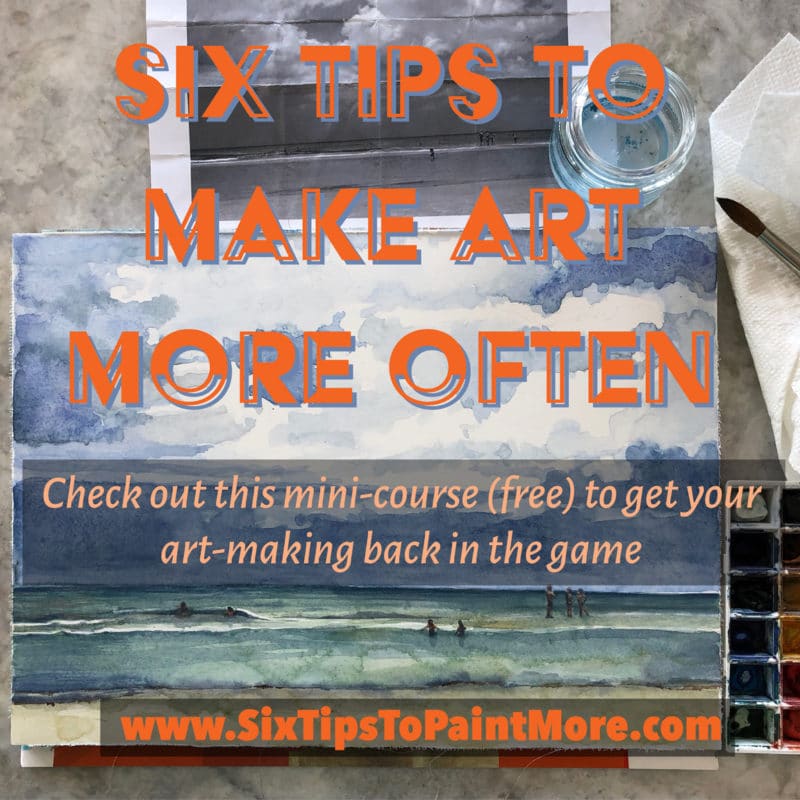
As always, I appreciate the process shots.
I bet travel was really important. Working from photos, books, or other images probably wasn’t practical. There is the whole issue of the quality of light, different people and landscapes to consider too; probably lots of factors. Also, I bet artists travelled to learn from other artists-also not possible without the Internet. Great question. Makes you wonder what we would do without our current resources.
I feel travel is crucial if the desire is to photograph groups of people, such as the beach, etc. It seems as if around here people only gather for a tractor pull or bier stube. If I want to paint still life, I can stay planted most of the year, really.
LOVE your work!!!
Your techniques give such beautiful results. I just love the texture of this. Thanks for sharing.
so beautiful – she has an underwater feel too
While having internet access to so many wonderful sites (and sights), I believe there is nothing as valuable as being there.
That said, I am glad to have Google to help!
More Idle Thoughts, not anon.